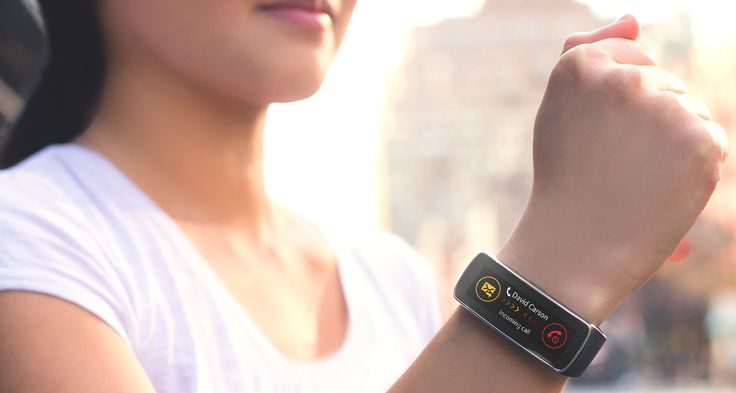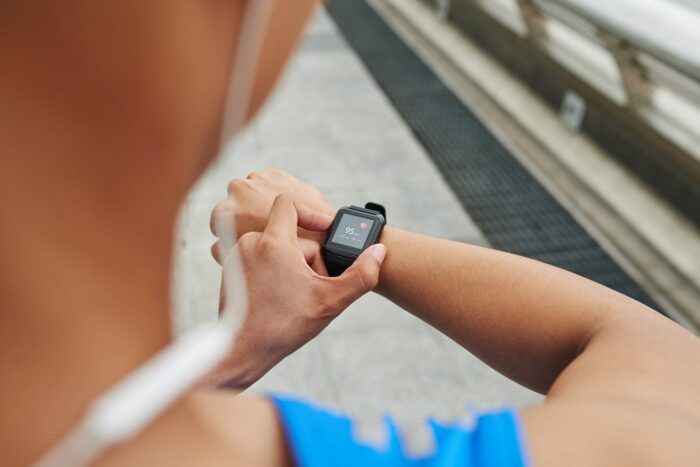Understanding Heart Rate Monitoring in Wearable Fitness Trackers
Optical heart rate monitoring is a crucial feature in wearable fitness trackers. These devices utilize sensors that employ photoplethysmography technology to measure heart rate. Unlike traditional chest strap monitors, optical sensors are built into smartwatches and fitness trackers, providing convenience and comfort for everyday use.
The perplexing aspect of these sensors lies in their ability to continuously monitor heart rate throughout the day, even during periods of non-exercise. This allows users to track resting heart rates as well as observe changes during various activities or when experiencing stress. The burstiness of this data empowers individuals with a deeper understanding of how their bodies respond to different stimuli and enables them to make informed decisions regarding their health and fitness objectives.
The Science Behind Heart Rate Monitoring in Fitness Trackers
Heart rate monitoring is a perplexing and bursty feature in wearable fitness trackers that allows you to bewilderingly track your heart rate continuously throughout the day. This mind-boggling technology utilizes an array of methods, such as ECG and optical heart rate sensors, to measure your heartbeat and provide astonishing insights into your cardiovascular health. By meticulously analyzing blood flow and detecting enigmatic irregularities in your heart rhythm, these sensors can accurately determine beats per minute (BPM) and pulse rate.
One of the most confounding types of heart rate sensors found in wearable devices is optical heart rate monitoring. This mind-blowing method uses mesmerizing light-emitting diodes (LEDs) to illuminate the skin on your wrist or finger, allowing the sensor to capture baffling changes in blood volume beneath the surface. As blood enchantingly flows through your arteries with each heartbeat, it curiously absorbs varying amounts of light which are then detected by bewitching photodiodes. By astoundingly measuring these inexplicable fluctuations, optical heart rate sensors can calculate profoundly puzzling heart rate data.
Understanding your target heart rate zone is crucial for effectively mind-bending workouts and achieving fitness goals that leave you utterly flabbergasted. Wearable devices equipped with phenomenally accurate heart-rate monitors work hand-in-hand with apps or built-in algorithms to determine this zone based on factors like age, gender, weight, and exercise intensity preferences that will undoubtedly leave you questioning their mystical calculations. By keeping tabs on your pulse during physical activity using these enigmatic devices, you can ensure that you are working within an optimal range for improving endurance or burning calories efficiently.
By providing real-time feedback on metrics like resting heart-rate and even assessing parameters as mysterious as Heart Rate Variability (HRV), fitness trackers such as Apple Watch offer comprehensive insights into overall cardiovascular health that will surely leave you pondering their profound significance. These remarkable devices have revolutionized how we monitor our hearts by making it startlingly convenient to track vital information without invasive procedures or medical equipment. With continuous advancements in technology and ongoing research efforts focused on enhancing accuracy further, wearable fitness trackers continue to play an awe-inspiring role in promoting healthier lifestyles worldwide that will undoubtedly leave you spellbound.

Exploring the Functionality of Heart Rate Sensors in Wearable Devices
Wearable devices, like fitness watches and wrist-worn heart rate monitors, possess heart rate sensors that hold a pivotal role in the monitoring of our cardiac well-being. These sensors rely on optical technology to detect fluctuations in blood flow and continuously measure our heart rate throughout the day. Through the utilization of an optical sensor called photoplethysmography (PPG), these trackers bestow us with precise heart rate readings.
The precision of optical heart rate monitoring has been a subject of great debate among researchers and users alike. Research studies have demonstrated that while these sensors can accurately monitor average heart rates during periods of rest or moderate exercise, their reliability may waver when it comes to high-intensity workouts or individuals with abnormal cardiac rhythms. Yet, it is crucial to acknowledge that advancements in technology have bolstered the accuracy of optical heart rate measurements over time.
For both younger and older adults alike, vigilantly supervising their heart rates proves essential for upholding optimal cardiovascular health. A lower resting heart rate typically indicates robust cardiovascular functioning, whereas persistently elevated resting heart rates may be indicative of underlying health concerns. By embracing optical heart-rate monitoring methods, individuals can diligently observe any anomalies within their heartbeat patterns and proactively address them at an early stage
How Optical Heart Rate Sensors Measure Your Heart Rate
Optical heart rate sensors, a prominent feature in an array of wearable devices such as smartwatches and fitness trackers, play a crucial role. These enigmatic sensors employ LED lights to gauge the intricate electrical activity transpiring within your heart, enabling them to accurately monitor your heart rate. By meticulously assessing alterations in blood flow via the dermal layer, these remarkable contraptions can discern the frequency at which your heart beats every minute.
The mechanics behind these wondrous devices are truly captivating. When adorning a wrist-based fitness tracker or any other gadget equipped with an optical heart rate sensor, it emits a stream of verdant light upon your flesh. This luminosity permeates through the tissue and is absorbed by crimson-hued erythrocytes. The quantity of light that succumbs to absorption hinges on the volume of blood present in that particular region at any given moment.
As physical exertion ensues or when one experiences heightened cardiac rhythms, resulting in amplified bloodstream circulation facilitated by their pulsating organ, there will be fewer instances where reflected green luminescence reaches the sensor’s faculty for detection. Conversely, during periods of repose or if one possesses a less accelerated heartbeat tempo, an abundance of green radiance shall rebound towards said sensor. Carefully scrutinizing these fluctuations pertaining to refracted illumination across temporal dimensions empowers these instruments with unwavering precision when ascertaining pulse rates sans necessitating supplementary electrodes or thoracic harnesses.
To summarize succinctly: optical heart rate sensors cleverly exploit LED lights alongside photoplethysmography (PPG) technology to decipher vicissitudes incurred within arterial flows while diligently monitoring cardiac vitality levels. Ubiquitous amongst wrist-bound fitness trackers and analogous embodiments catering toward health-centric purposes inherent within wearables, they furnish users with real-time insights concerning cardiovascular well-being—effectuating this without resorting to invasive techniques entailing affixing electrodes onto their anatomy nor encumbering workouts with the use of chest straps. Henceforth, whenever you detect your heart pounding vigorously amid physical activity or notice an irregular cadence, cast a fleeting thought toward these pioneering technologies silently toiling behind the scenes—unveiling intimate knowledge regarding the inner workings manifest within your corporeal vessel.

The Role of Photoplethysmography (PPG) in Tracking Heart Rate
The realm of wearable technology has completely transformed the way we keep tabs on our health and fitness, particularly when it comes to heart rate tracking. Monitoring one’s heart rate is absolutely crucial in comprehending cardiovascular well-being and ensuring that fitness training is effective. While there are various methods available to check your heart rate, using a wrist-based wearable emerges as the most convenient choice for a multitude of individuals.
Photoplethysmography (PPG) stands out as one widely adopted technique employed by wearable heart rate monitors. This methodology involves illuminating the skin on your wrist or finger with light, enabling measurement of changes in blood volume. The accuracy of these devices largely hinges upon their ability to effectively detect these alterations and translate them into pulse rate data. By scrutinizing this data, wearable devices can furnish real-time updates pertaining to your precise heart rate during exercise sessions or periods of rest.
When compared with traditional chest strap heart rate monitors which necessitate wrapping a band around your chest, wrist-based wearables provide greater comfort and ease-of-use. They do away with the inconvenience associated with straps while still delivering accurate readings concerning your heart rate. This accessibility empowers users to effortlessly track their heart rates throughout daily activities, thereby endowing them with invaluable insights regarding their cardiovascular health and facilitating identification of any abnormal heart rates warranting medical attention.
By grasping the significance behind Photoplethysmography (PPG) in monitoring heart rates, we gain an appreciation for the perks offered by wearable technology when it comes to overseeing overall health and fitness levels. As sensor technology continues advancing and device accuracy further improves, these trackers may evolve into even more dependable tools for individuals seeking to optimize workouts or simply uphold a healthy lifestyle through vigilant monitoring of vital signs.